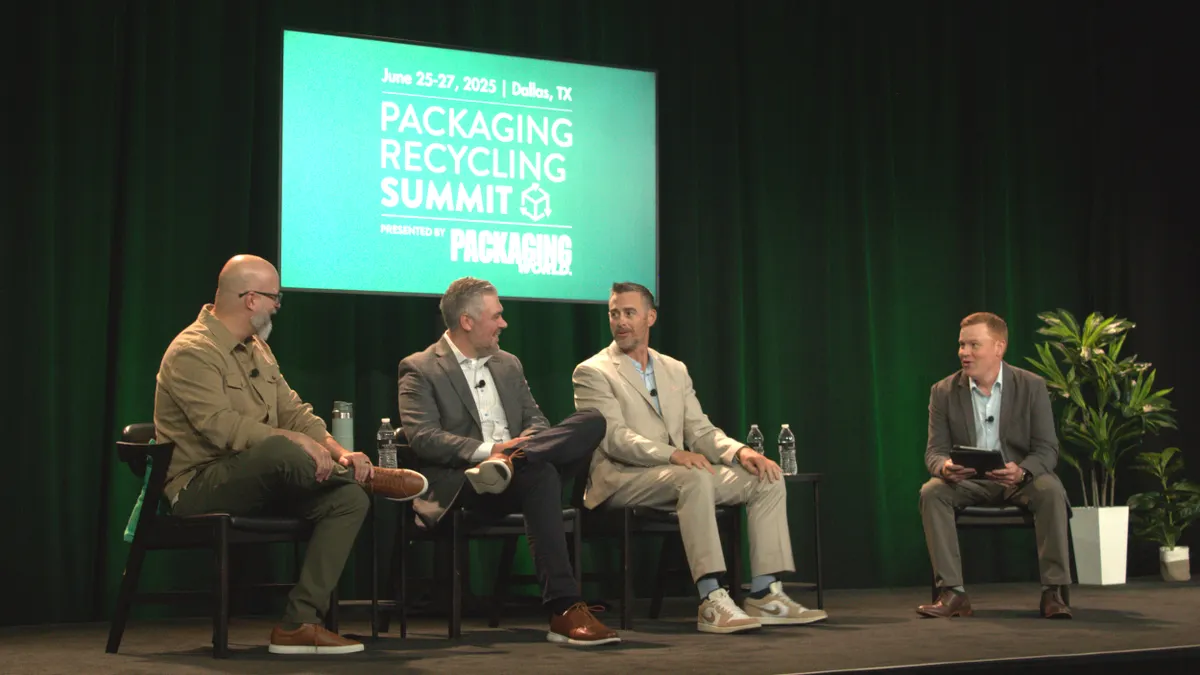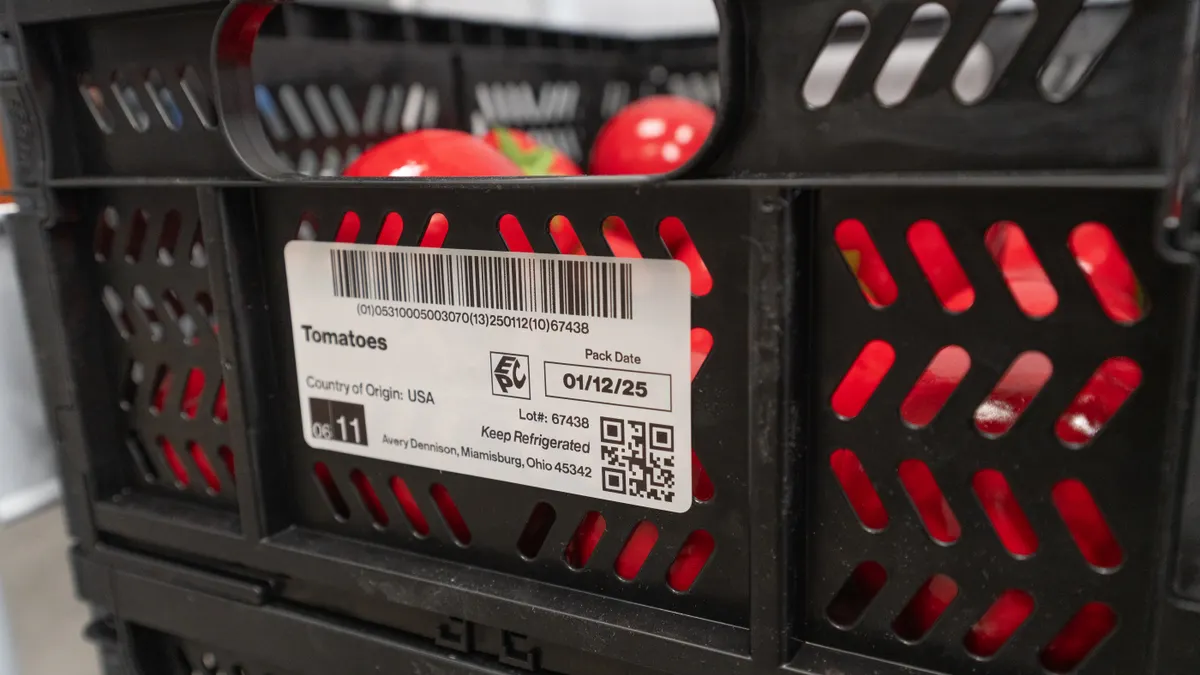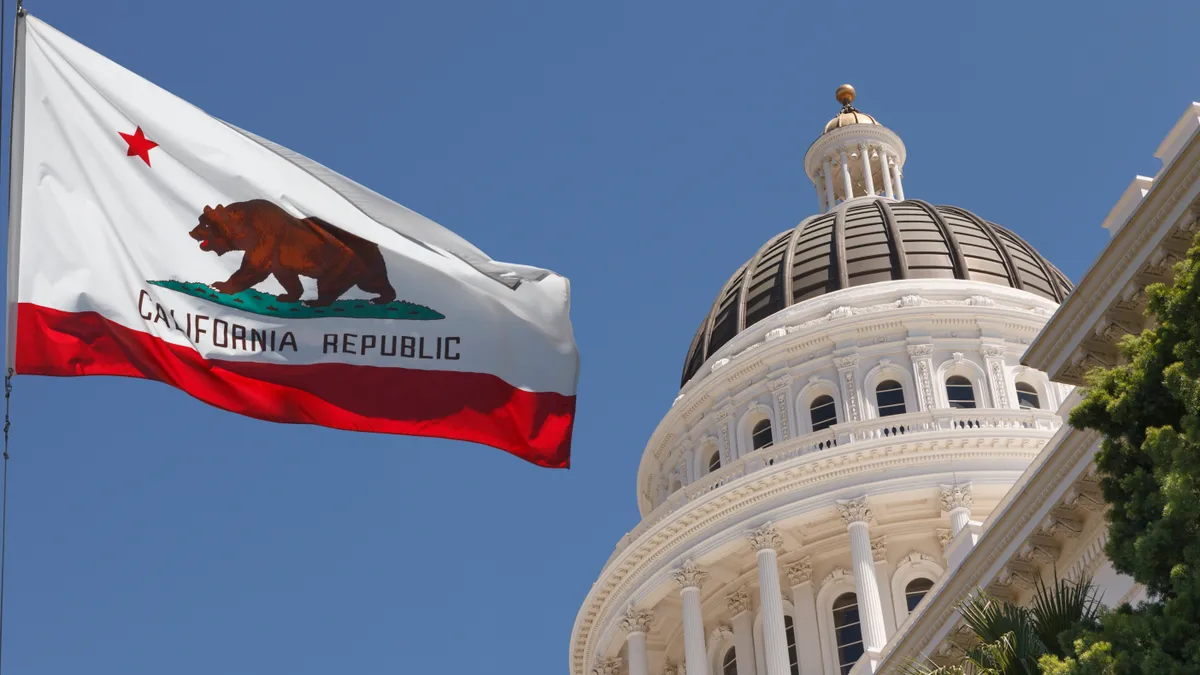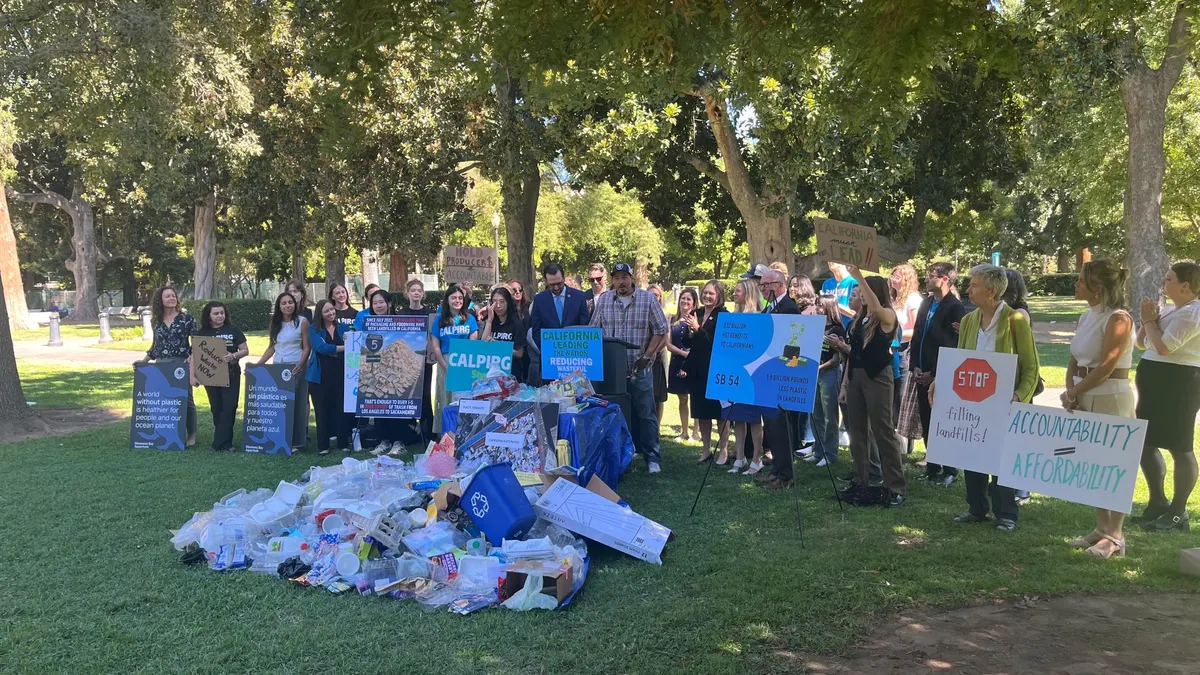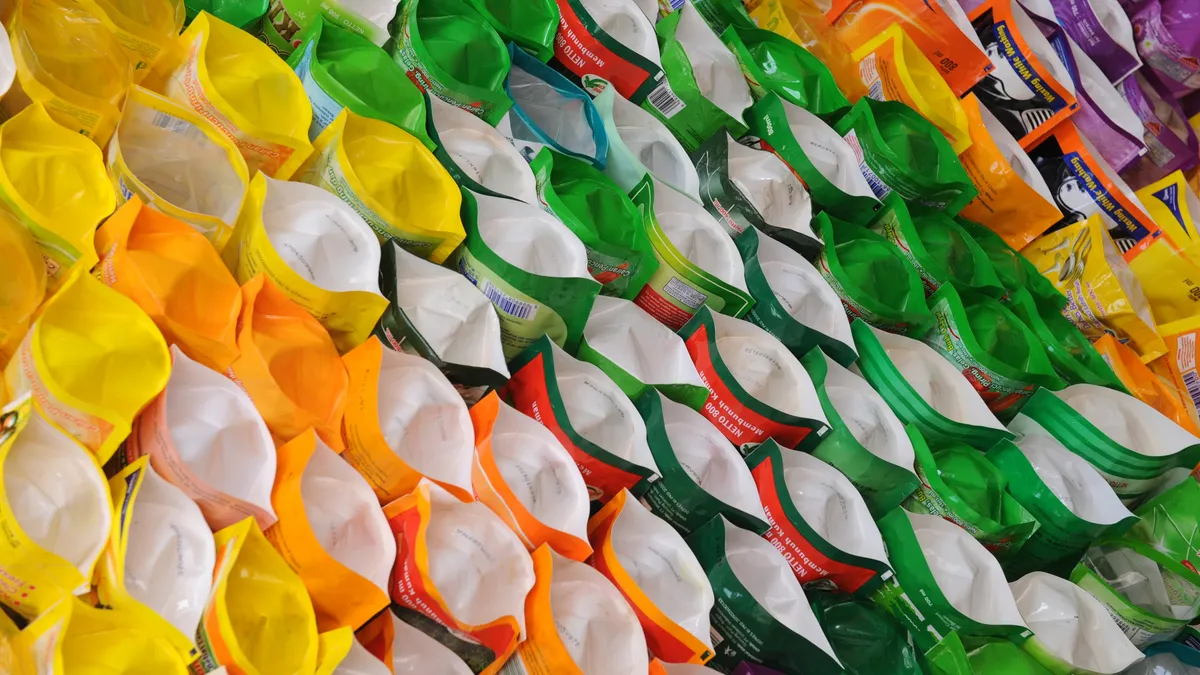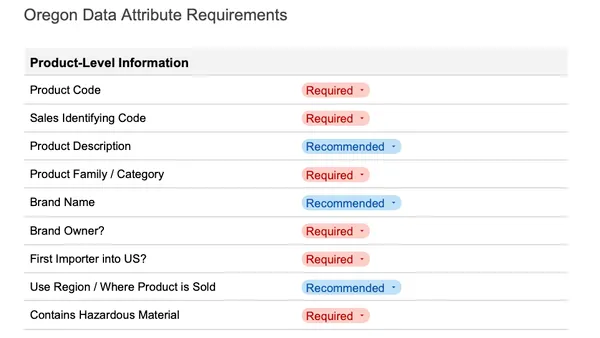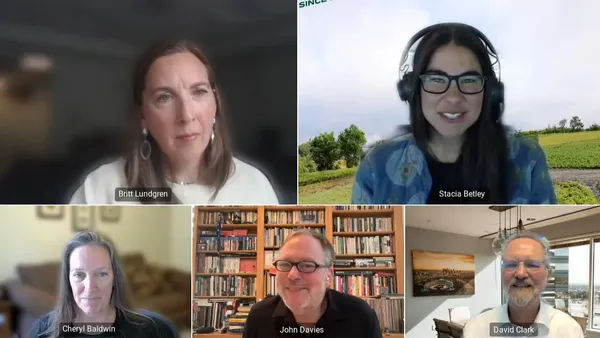On-pack messaging choices can already be a contentious topic, and the fact that restrictions, requirements and best practices are in flux due to emerging state and federal regulations doesn't help. Confusion abounds both on the consumer and industry sides, experts said, but collaboration can help.
At a basic level, a central sticking point is that brands and packaging manufacturers don’t abide by a universal definition of “recyclable,” according to speakers during a June 27 session at the Packaging Recycling Summit in Irving, Texas.
“Evidently, lots of consumers think that when they hear the word ‘recyclable,’ it means that something actually will be recycled,” not that it can be, said Joe Dages, partner at law firm Steptoe.
That leaves brands and packaging manufacturers to thread the needle with providing messaging that satisfies their marketing departments, is actually useful to consumers after they use packaging, and still complies with federal guidelines and emerging state laws.
"Equally as important as legal liability is losing the trust of the customer and of the consumer," said John Hewitt, senior vice president of packaging and sustainability and state affairs at the Consumer Brands Association. Brands are "trying to balance themselves on the center of a two-edged sword."
Brands typically want to do the right thing and ensure that recyclable materials get to the right place at end of life, said Paul Nowak, executive director of GreenBlue, the organization behind the How2Recycle label. But the dynamic nature of labeling regulation makes it a tough target to hit at the moment. That became evident during the recent How2Recycle label revamp, which resulted in a dynamic label option.
State policy is now informing the definition of recyclability, Nowak said. “In our mind, it's absolutely shifting as we speak," he said. "What does the word 'recyclable' mean? You could ask me in two years and I might have a slightly different legal definition for how you would use it on pack, which is very different than technical recycling."
California's recycling labeling law SB 343 is creating a stir with its strict standards on when the widely known chasing arrows symbol will be allowed on packaging.
While that law seeks to address a problem of inaccurate and misleading labeling, consumers still need clear recycling messaging and reinforcement, speakers said. Without that, consumer participation in recycling can take a hit and recycling rates won’t increase, they explained.
"This isn't just about signaling to consumers whether something is recyclable from the claim standpoint. The other driving issue here is improving packaging recovery," Dages said. SB 343's restrictions on chasing arrows are "a tremendous problem, because over 30 other states actually require the use of those chasing arrows. So there's a conflict of law brewing that will kick in once SB 343 takes effect in October next year."
Industry concerns about SB 343 are mounting as that deadline nears and manufacturers try to figure out how best to comply, including how to simultaneously adhere to California’s and other states’ differing packaging legislation.
"They've divided [SB 343] up so narrowly that you're going to have some unfortunate consequences and packaging types that fall outside of the collectibility threshold," Hewitt said.
Companies generally want to give consumers adequate instructions to boost recycling rates, Dages said. But some hesitate in the current climate if they "are too afraid to give that information, because they're afraid they're going to get sued," he said. As more states legislate on packaging issues, including through extended producer responsibility policies, there’s “some tension there that I think needs to get worked out," he said.
Rather than each state tackling material recyclability on its own, "there's an absolute need for standardization" at the federal level, Hewitt said. Even though industry for years has called for standardization, no federal legislation on the matter is anywhere close to passing, speakers said.
"How do you educate the consumer if you don't have a standard definition in the first place?" Dages asked. "It's a circular problem for a circular economy."
Also at the federal level, industry is still waiting for the Federal Trade Commission to release updates to its Green Guides, guidelines for on-pack environmental marketing claims. The Green Guides were last updated in 2012, and the FTC’s comment period on potential updates closed in 2023.
While the timeline for this round of updates is uncertain, changes don't appear imminent, speakers said. The change-making process last time took roughly five years, they pointed out.
The Green Guides operate under the principle that an item is considered recyclable if at least 60% of residents in a local market have access to recycling it. But "access is not acceptance," Nowak said, bringing up a common sticking point.
Speakers stressed that labeling is another area that ties into one of the key themes of the Packaging Recycling Summit: Collaboration across the supply chain is necessary to land on effective solutions.
"All these problems are multidimensional, right? You need government to play a role. You need industry to play a role," Dages said. "There's a need to get standardized definitions, and then educate the consumer."



